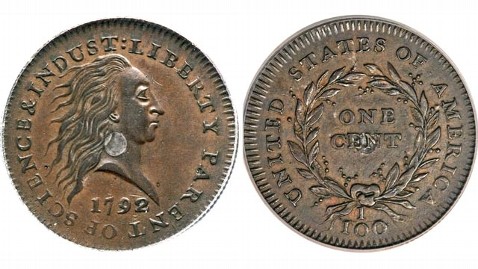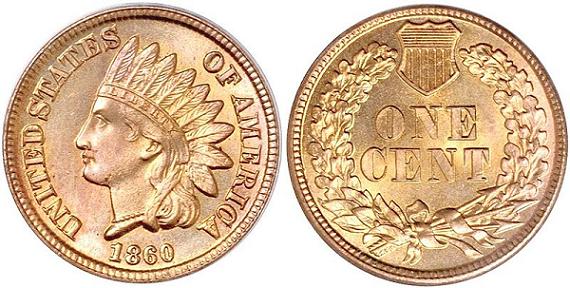
Posted on 04/18/2015 7:59:59 PM PDT by lbryce
This week, Senator Jeanne Shaheen of New Hampshire introduced the Women on the Twenty Act, legislation aimed at putting an American woman on the $20 bill. Shaheen's efforts nod to an initiative by Women on 20s, a group that is lobbying to change the $20 by 2020. That year Americans will mark the 100th anniversary of the passage of the 19th amendment, which granted women the right to vote. (The $20 is also overdue for a redesign to thwart counterfeiters.)
For Andrew Jackson, current face of the $20 bill, this is the latest assault on the paper perch he has occupied since 1928. Last June, my colleague Conor Friedersdorf argued that Martin Luther King, Jr., who is listed as the most-admired American of the 20th century, deserves the spot held by Jackson. He noted that while many young American children only have memory of life with a black president, "these same kids are still growing up in a country where the faces celebrated on the paper currency are all white." Friedersdorf continues:

I don't want to overstate the importance of that. There is a long list of suboptimal policies that are vastly more urgent to remedy. Still, the lack of diversity in this highly symbolic realm is objectionable, and improving matters would seem to be very easy.
(Excerpt) Read more at theatlantic.com ...
Ben Franklin?
I’ve always thought the current twenty-spot features Jason Robards, not Andrew Jackson.
Anyway, who decides whose mug goes on the currency? Congress?
Actually, both of Jackson’s would-be assassin’s flintlock pistols failed to ignite.
The captured pistols were later tested repeatedly and not once did either one fail to fire.
I’m OK with “Lightning Ben” on the hundred.
I think the feministas should come up with a tree-fitty denomination. That way they could pay off their demons easier.
“Laura Ingalls, symbolizing the hard-working women pioneers who built America and believed in freedom.”
This I could like...Her mother was my great-grandfather’s sister. She also is a ‘Tea Party’ descendant. And her daughter was Herbert Hoover’s first biographer.
“I still think presidents should be the only ones on paper currency.”
Too late for that...
$10 bill - Alexander Hamilton
$100 bill - Benjamin Franklin
$10,000 bill - Salmon P Chase
None of these guys were ever president. We all know who Hamilton and Franklin were. Now about Chase...A US Senator from Ohio, Governor of Ohio, Treasury Secretary (Under Lincoln), Chief Justice of SCOTUS
A comment about the $100,000 bill...
It is only for transactions between the Federal Reserve and the Treasury. It appropriately has Woodrow Wilson’s picture on it! Father of the Fed!
I like it. (Your clever response, commentary.)
Since then, the $100,000 Chase Bill that are available may have been diminished, I don't know.
Just for fun, I'd like to pay the gas station attendant with a $100,000 bill and wait for change, after topping off my tank.
Just create a new $19 bill to commerate the 19th amendment. I recommend Marilyn Monroe’s life magazine pose as the one to use.
What is ironic to me is that in real life it didn't take as much a nearly imperceptible body motion, 'a come hither look' to getting her to lift her skirt. So who need bother to acquire any fan at all?
Well since most prostitutes are paid with twenties isn’t it appropriate that a woman should be on the 20 dollar bill, maybe Beyonce?
Just put Oprah on it, and kill two birds with one stone.
Or if the rumors about Oprah are to be believed, make it three birds.
Avert your eyes when using $10s or $100s....
Already clarified Founding Fathers.

So, no more “Jefferson-Jackson Days” for the Democrats, I’m assuming?
I'm not as familiar with paper money as with numismatics. Fascinating area of study if you ever wanted to get into it. The U.S. Mint was authorized by Congress on on April 2, 1792. Many members of the House wanted to depict George Washington on the first U.S. coins. But the president rejected the idea as too monarchical. As a result, an image of the goddess Liberty was chosen instead.

Liberty was on most American coinage throughout the 19th century, one exception being the introduction of the Indian Head cent.

Presidents didn't start appearing on coinage until the 20th century, the first being Abraham Lincoln in 1909. The original design was done by engraver Victor David Brenner.
Interesting controversy about the first Lincoln pennies. It was normal at the time for U.S. coins to be inscribed with the designer's single initial, usually at the base of Liberty's neck. But Charles Barber, still chief engraver at the mint, did not wish the public to think that he, Barber, was responsible for the new design, so rather than a single B, all three of Brenner's initials V.D.B. were used and placed on the reverse. Upon the cent's release, journalists ignorant of the initials already on other U.S. coins, seized upon the V.D.B. as egotism on the designer's part. Combined with putting an actual person on a U.S. coin, the initials were regarded by some as "the first visible and outward emblem of the transmogrification of the republic into an empire" (New Orleans Picayune). The prominence of the V.D.B. was widely criticized in the media.

Secretary of the Treasury Franklin MacVeagh suspended striking of Lincoln cents on August 5, 1909, after about 29 million had been struck with V.D.B.. The intent was to replace the initials with an inconspicuously placed B, but Barber objected, arguing that it would take too long to change the dies. However, he suggested, if the initials were simply removed altogether, this change could be quickly done to just the hubs, and production could be resumed within three days. With all the publicity surrounding the new cents, the revenue that would be lost by the production delay if the dies were changed, and probably in some part considering Chief Engraver Barber's personal jealousies, it was decided to just remove the initials altogether. This change to the brand-new cents right after their release received plenty of publicity, and the hoarding of the V.D.B. cents became widespread. For this reason, many V.D.B.s have survived in higher grades.
In 1918, after Barber's death, V.D.B. was restored to the cent, this time on the obverse, and barely visible to the naked eye. Compare the old location to the new one here:

Victor David Brenner's design has stood the test of time, and his Lincoln bust is one of the most reproduced works of art in the world.
Disclaimer: Opinions posted on Free Republic are those of the individual posters and do not necessarily represent the opinion of Free Republic or its management. All materials posted herein are protected by copyright law and the exemption for fair use of copyrighted works.